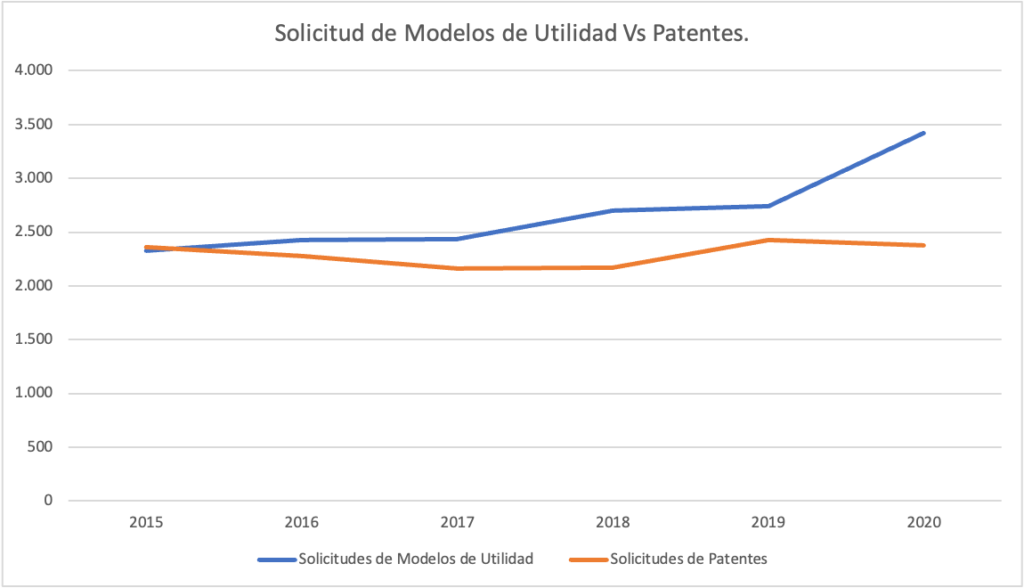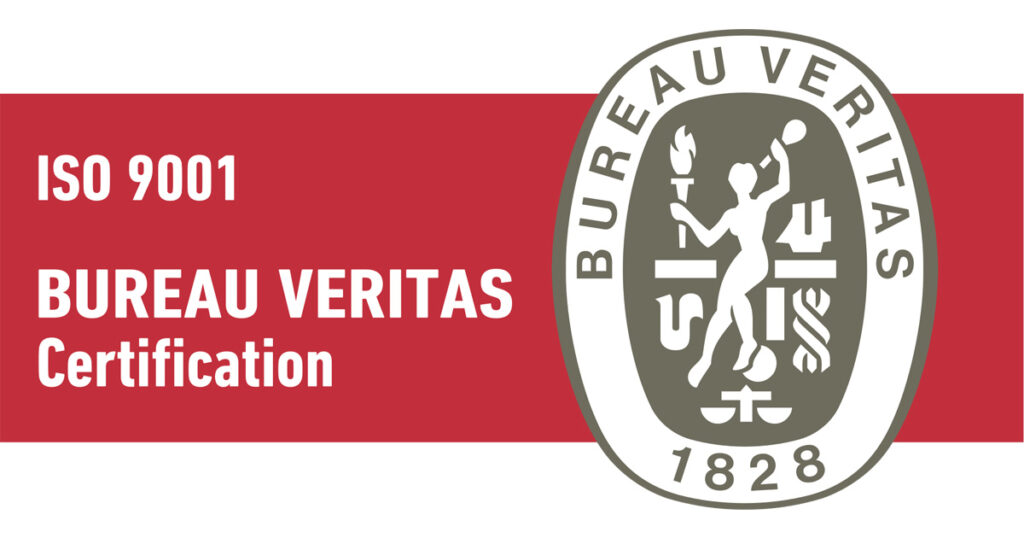Calculate the Value of Your Patent
Are you ready to find out the estimated value of your Patent or Utility Model?
After almost a decade designing and manufacturing functional prototypes, working side by side with more than 300 inventors and innovation departments of large corporations, we have summarized in 4 basic questions, the main differences between Utility Models and Patents. Unfortunately, as we have already described in our Council for Inventors "The Utility Model. The false adrenaline of the Inventors The Utility Model. The false adrenaline of the Inventors" are evidenced the main motivations for not talking clearly enough about these differences between the Utility Model and Patents. Go for it!
According to the Spanish Patent and Trademark Office, "The utility mode protects inventions with less inventive range than those protected by Patents, consisting, for example, in giving an object a configuration or structure from which some utility or practical advantage is derived." With this manufacturing method, we can protect in a concrete way, mechanical changes or in a way that represents an improvement in the use of existing products or tools. Unlike a patent, with utility mode, you do not protect yourself from other companies or inventors marketing the base product, or applying new inventions on it. Exclusively, you are protecting the improvements you claim on the product already on the market.
Are you ready to find out the estimated value of your Patent or Utility Model?
In the case of Patents "... is a right granted by the State (or a relevant authority) to an inventor, so that he alone is authorized to exploit and profit from his inventions for a limited period of time." As you have read, the patent represents the only method of legal protection that places the inventor as the exclusive owner of the invention and therefore the sole beneficiary of any profit generated from the invention.
It is no coincidence that, in the concept of Patent, reference is made to the fact that "... it is a right granted by the State..." and in the case of the Utility Model, it is not mentioned, despite the fact that in both cases the title is delivered by the Spanish Patent and Trademark Office. What's the catch?
In the case of Patents, there is a rigorous analysis of the state of the art, it is the State itself that is responsible for determining the level of actual invention in our proposal. In the same way, it is the State, through the Spanish Patent and Trademark Office, who is responsible for studying the antecedents that may exist in the world about our invention and from its analysis, determine whether to grant the Patent or not.
On the other hand, the process of granting a Utility Model does not have the same level of State involvement, since its approval depends on the possible objections that other inventors may present. Unlike the case of Patents, the Utility Model is published in the BOE and, if in 2 months nobody has made a complaint, they will grant you the title of utility mode without major complications.
We want to bring your ideas to life
You can now access over 30 examples of prototypes designed and manufactured in our lab

Utility Model on this same invention and nobody complains in 60 days, We will get the title. Of course, this does not guarantee that we are not stepping on an existing Patent or that it really does not dilute most of the risks that surely, as an inventor, take away your sleep.
Both in the case of Patents and in the case of the Utility Model, it is important to keep in mind that their maintenance is subject to the payment of recurring fees, each year. On the other hand, to define a clear comparison pattern, we will stick to the costs associated with the application of both titles.
In the case of utility mode, the costs of the application fee are around € 101, while, according to our experience, in the market, professionals in the sector usually charge inventors between € 1500 and € 2,000 for the services of development of documentation, necessary drawings and presentation of the application.
In the case of Patents, the basic fees have a cost of more than € 1,200, while the contracting of professional services varies greatly, since preparation services require a level of effort much higher than that of a Utility Model. According to our experience, we have received clients with Patents, for which, in the application process, they have invested between € 15,000 and € 30,000.
The level of international protection offered by a patent can be unlimited. Remember that, at the time of applying for a patent, in any country in the world, it is the State (or an entity that represents it) that is obliged to carry out a background study worldwide, before issuing the title. Therefore, the inventor may request the internationalization of the Patent, in as many countries as he determines and is willing to pay.
On the other hand, in the case of utility mode, it only has national impact. On the other hand, if the level of the innovation proposal was sufficient to qualify for a patent, it could be done for a certain period. On the other hand, according to our experience, most of the Utility Models that are granted, lack novelty, therefore, they are not patentable. It should be noted that the inventor, in addition to trying to apply for a Patent after having a Utility Model, a path that is very unlikely, could request Utility Models in countries where this concept or method of protection exists. In each of them, you would have to start the process independently.
Applications for Patents and Utility Models have maintained a very similar pace in recent years, but only 25% of the Patents filed are approved, while, in the case of the Utility Model, this figure reaches 70%. Behaviors that show the level of rigor associated with the process of obtaining a Patent compared to the rigor involved in obtaining a Utility Model title.
Taking the previous arguments as a reference, I'm sure you won't be surprised by the projected graphics.
Solicitudes

Concesiones

The identification and exposure of differences between Utility Models and Patents, does not mean that we consider the Utility Model is a useless tool, in some cases, it is the optimal and sufficient method to protect inventions, on the other hand, if it is very relevant that you know these differences, so that, when hiring, Be very clear about what their differences consist of.
The time to bring your ideas to life is now. We accompany you throughout the entire process: from idea to product.
San Juan Ingenieros, S. L, is the owner of the domain www.letsprototype.com, and in accordance with the General Data Protection Regulation (EU 1679/2016), we will process your data exclusively to handle your information request. You have the right to rectify or request the deletion of your data at any time via hello@letsprototype.com.

Industrial design and innovative product development company | Specialists in manufacturing working prototypes.